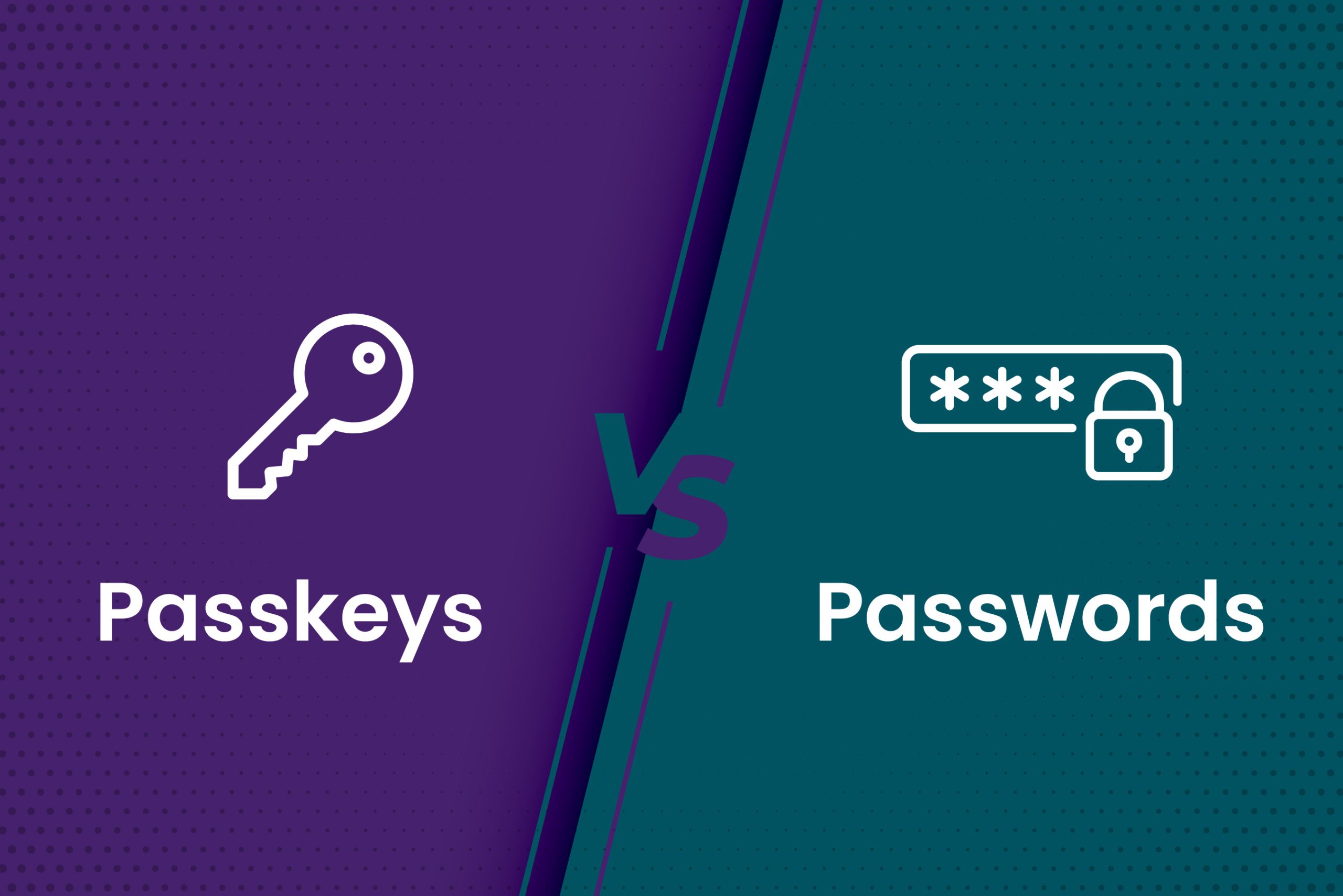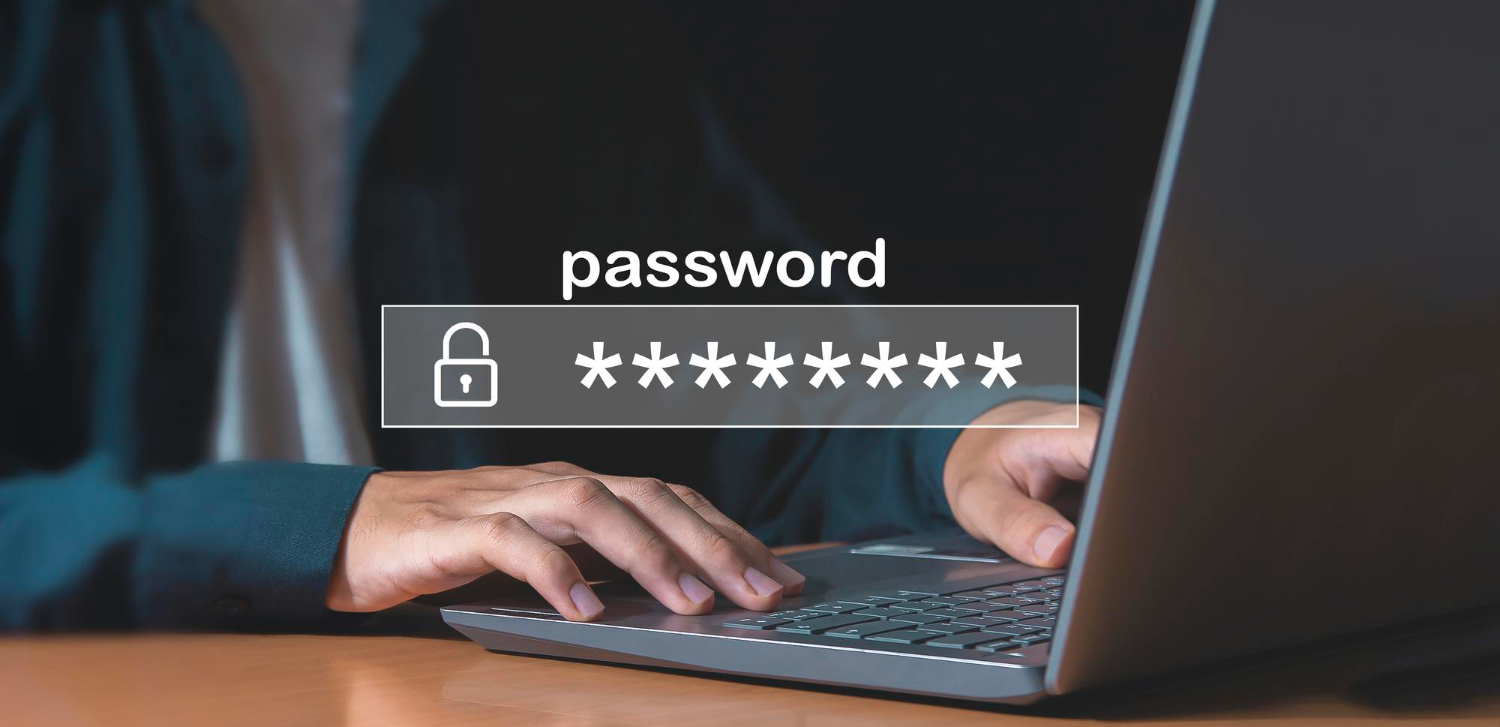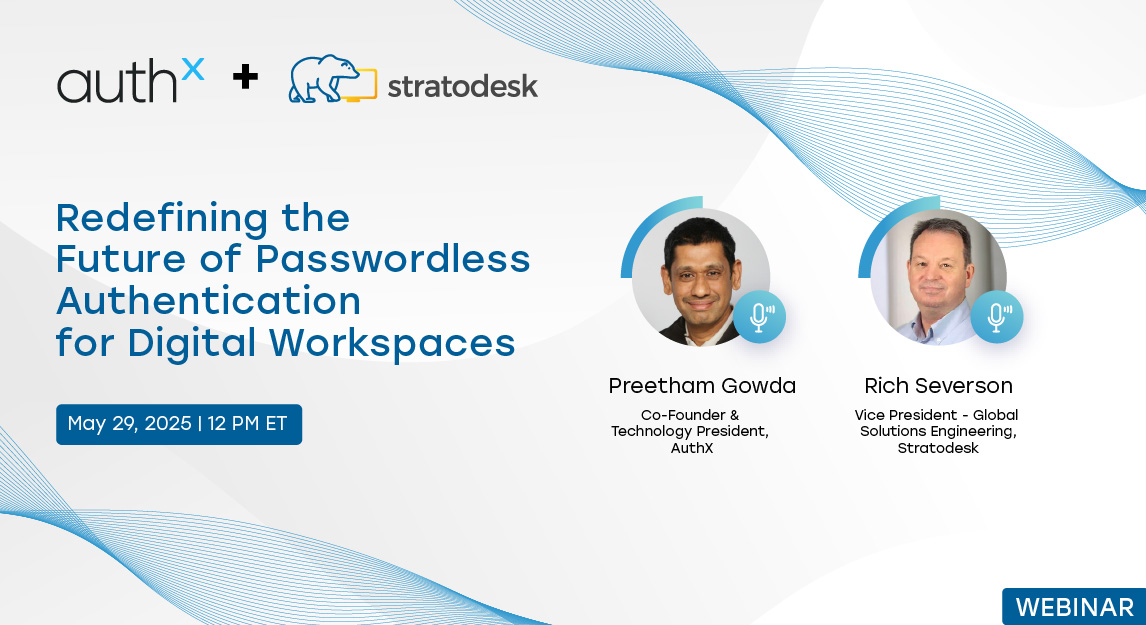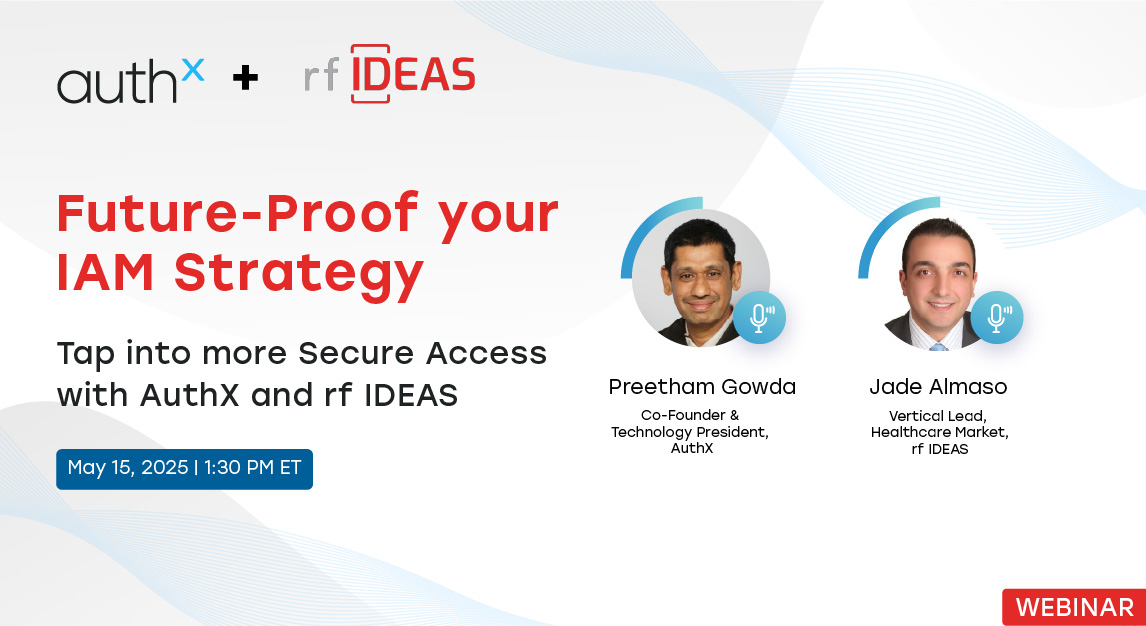Security acronyms are overwhelming. IAM vs PAM vs PIM might sound like alphabet soup to some, but to security teams, these tools form the backbone of access control and protection. And yet, the confusion around them remains a real challenge.
I’ve often heard security leaders say things like, “We’ve got IAM in place, so we’re covered, right?” Not quite. Without a clear understanding of how IAM, PAM, and PIM differ and more importantly, how they work together, organizations leave gaps in their defense.
In fact, a CyberArk analysis found that 93% of organizations experienced two or more identity-related breaches in 2023, a clear sign that poor identity hygiene and fragmented privilege strategies are still major threats.
So, let’s clear the fog.
This blog dives into IAM vs PAM vs PIM, exploring what each means, how they overlap, and how to approach them in a strategic, layered way.
What is IAM?
Identity and Access Management (IAM) refers to the frameworks and technologies used to verify digital identities and control access to systems and data.
Put simply, IAM answers the question: Who should have access to what?
An effective IAM system allows enterprises to:
- Authenticate users through credentials or biometrics
- Authorize access based on roles, policies, or context
- Monitor user behavior for anomalies
- De-provision users automatically when they leave
Think of IAM as the front door to your enterprise. It decides whether a user, even an employee should be allowed in, and what rooms (apps, files, systems) they’re allowed to enter.
What is PAM?
Privileged Access Management (PAM) is a subset of IAM focused specifically on privileged users; those with elevated access to critical infrastructure, sensitive systems, or admin-level functions.
If IAM is your front door, PAM guards the master keys to your server room, database vault, and production environment.
Key functions of PAM include:
- Granting time-bound or just-in-time access to admins
- Monitoring and recording privileged sessions
- Rotating and vaulting sensitive credentials (like root passwords)
- Applying approval workflows for elevated actions
Here’s the thing: privileged accounts are goldmines for attackers. In breaches like SolarWinds and Uber, stolen or misused privileged access played a central role. That’s why PAM vs PIM is such a hot topic.
What is PIM?
Privileged Identity Management (PIM) also deals with elevated access but focuses more on the identity side of things, who gets the permissions, under what conditions, and for how long.
So, what’s the difference between PAM and PIM?
Here’s how we explain it to clients:
PAM manages access after privilege is granted, while PIM controls how privilege is granted in the first place.
For example, with PIM you might allow a developer to elevate to an admin role only between 2 to 4 PM, only if they’re on the corporate VPN, and only after manager approval. The role is assigned temporarily and revoked automatically.
IAM vs PAM vs PIM
Let’s compare IAM vs PAM vs PIM with specific criteria to make the distinction more tangible.
| Feature | IAM | PAM | PIM |
|---|---|---|---|
| Scope | All users | Privileged users | Temporary privilege elevation |
| Focus | Authentication & Authorization | Securing admin access | Managing privilege assignments |
| Typical Use | Login to apps | Access to servers/databases | Just-in-time admin role |
| Tools | AuthX, Okta, Azure AD | CyberArk, BeyondTrust | Azure PIM, AuthX Roles |
| Visibility | Who is accessing what | What privileged users are doing | Who gets elevated access and when |
When to Use IAM, PAM and PIM?
Here’s where things get tricky. Some organizations deploy IAM and assume PAM is “included.” It’s not. Others think PIM can replace PAM. Again, it doesn’t work that way.
Let’s break it down into real-world use cases:
- IAM only: You want to manage access to apps like Salesforce or Slack based on job role. Great, but it won’t help you secure database admin credentials.
- PAM without PIM: You vault and rotate credentials but don’t control how roles are assigned. That’s risky, over-privileged accounts often remain unchecked.
- PIM without PAM: You assign just-in-time roles but don’t record privileged sessions. If something goes wrong, you’ve got no audit trail.
The best strategy is to use all three; IAM for broad access control, PAM for managing powerful accounts, and PIM for limiting how and when elevated access is granted.
The Common Misunderstandings around PAM IAM and PIM
Too often, we hear assumptions like:
- “PAM is just IAM for admins.”
- “PIM is a Microsoft-only feature.”
- “You don’t need PAM if you trust your team.”
These myths are dangerous. PAM IAM distinctions matter, especially in today’s zero-trust world.
Let’s clarify a few things:
- IAM vs PAM isn’t a hierarchy. One doesn’t replace the other.
- PIM vs PAM is not just vendor-specific jargon. They serve different purposes.
- The IAM vs PAM vs PIM conversation is relevant for companies of all sizes, not just large enterprises.
Key Benefits of Using All Three Systems
Let’s look at the tangible outcomes of implementing IAM, PAM, and PIM together:
- Enhanced Security Posture
- Reduce attack surface by enforcing least privilege
- Limit lateral movement in case of a breach
- Prevent over-privileged accounts from becoming shadow admin risks
- Improved Compliance
- Meet regulations like HIPAA, PCI-DSS, and ISO 27001
- Maintain full audit trails of privileged activity
- Automate access revocation during offboarding
- Operational Efficiency
- Automate role provisioning and deprovisioning
- Avoid manual approvals with policy-based access
- Empower teams without compromising control
PAM vs PIM: Where Do They Overlap and Differ?
While PAM and PIM sound similar, they’re not interchangeable. Let’s compare them side-by-side to bring clarity:
Use Case Comparison
| Use Case | PAM | PIM |
|---|---|---|
| Vaulting credentials | ||
| Session recording | ||
| Assigning temporary roles | ||
| Role-based policy enforcement | ||
| Least privilege automation |
Here’s how I think about PAM vs PIM overlap:
- PAM manages what privileged users do
- PIM controls who become privileged, and when
Both are essential for a secure privilege management strategy. If you’re only using one, you’re leaving half the door open.
Choosing the Right Tools for IAM, PAM, and PIM
Many platforms offer overlapping functionality. But don’t confuse integration with consolidation.
When evaluating solutions, look for:
- IAM: Support for SSO, MFA, Device trust, lifecycle management
- PAM: Credential vaulting, session logging, access reviews
- PIM: Policy-based access requests, temporary elevation, risk scoring
AuthX, for example, unifies all three layers; IAM, PAM, and PIM in a single platform built for zero-trust environments.
Rethinking Identity as a System
We often try to bucket security into neat categories: “We’ve got IAM, so we’re good.” But the truth is, identity security is not a single product; it’s a layered system.
Understanding IAM vs PAM vs PIM isn’t just a terminology exercise. It’s the difference between broad access and precise control. Between blanket permissions and just-in-time roles. Between blind trust and visible, auditable security.
And as attackers evolve, so must our approach.
Identity is the new perimeter. And if you don’t know who has access to what, you’re already compromised.
FAQs
What is the key difference between PAM and IAM?
PAM is primarily concerned with managing and keeping an eye on access for privileged users, such as developers or administrators, whereas IAM handles identities and access for all users.
Why is it important to understand PIM vs PAM in enterprise security?
Organizations can better control who gains more access, when, and how by knowing the differences between PIM and PAM. While PAM secures the credentials and keeps an eye on their use, PIM grants time-bound privileges.
How do PAM and IAM work together in a security framework?
As a layered protection model, PAM IAM tools cooperate by first verifying user identities (IAM) and then imposing stringent rules for individuals requiring privileged access (PAM).
What’s the relationship between PIM vs PAM in cloud environments?
In cloud systems, PIM vs PAM becomes critical for managing dynamic workloads. PIM provides just-in-time access, and PAM ensures credentials are protected and usage is tracked.
Can you use IAM without PAM, or vice versa?
Technically yes, but it’s not ideal. IAM ensures users have access to the right resources, while PAM IAM controls how high-level accounts behave. Together, they prevent internal misuse and external breaches.















